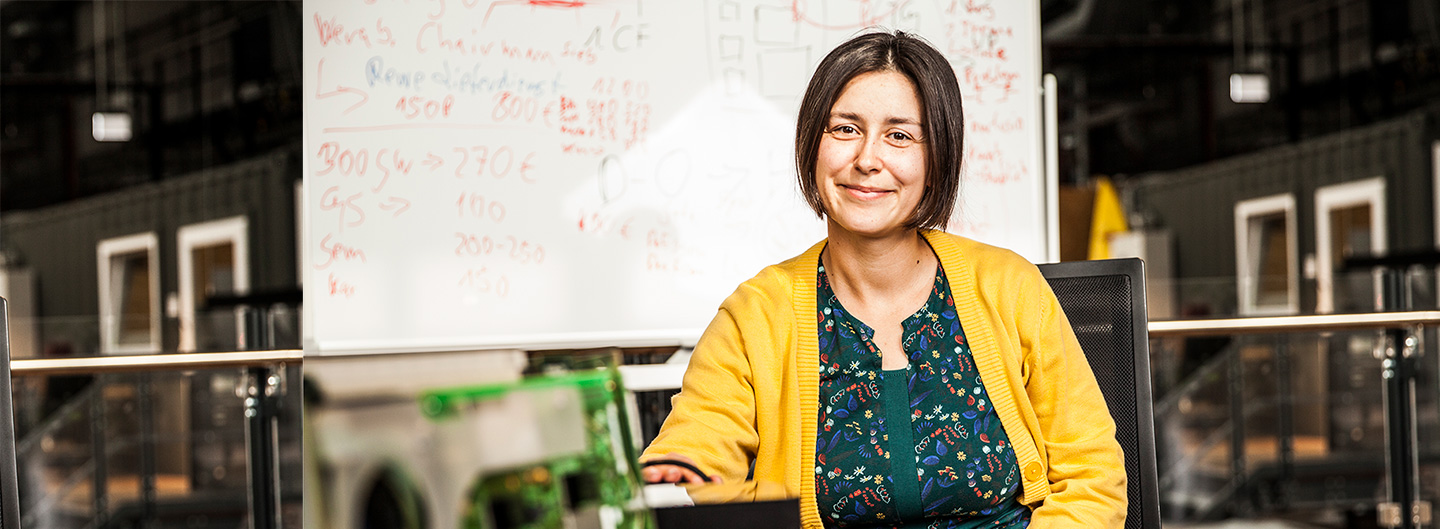Web special Fraunhofer magazine 3.2021
Raw materials are scarce. Time and again, shortages have forced companies to cut back on their production. The circular economy may be the solution − for far more than just the climate.
It takes around 25 kilograms of copper to produce a mid-range car with a combustion engine. Meanwhile, building an electronic vehicle may require as much as 80 kilograms or more. As demand increases, so do the costs. This summer, copper prices were 44 percent higher than at the start of 2020. Lithium was worse again, going up by 77 percent. Demand is growing − and so are the problems. Two thirds of German industrial companies are currently struggling with supply issues. According to a survey by the ifo Institute, the proportion of companies affected increased from 45 to 63.8 percent over April to July 2021 − the impact of the material shortage has hit the electronics and automo-tive industries particularly hard. Reusable materials are becoming an ever more valuable resource.
Now the German Mineral Resources Agency (DERA) has commissioned the Fraunhofer Institute for Systems and Innovation Research ISI and the Fraunhofer Institute for Reliability and Microintegration IZM to conduct its “Raw materials for emerging technologies” study for the third time. “Germany is particularly vulnerable as a high-tech hub, because it’s so dependent on imports of raw materials,” explains Fraunhofer IZM scientist Jana Rückschloss. “In the study, we are investigating how using new technology could change the demand for raw materials. What raw materials could become especially important on the one hand and especially scarce on the other?”
Rückschloss concentrated on data centers, one of the 33 technologies selected for the study due to their broad relevance for the market as a whole, with a particular focus on storage media like solid-state drives (SSDs), hard disk drives (HDDs) and magnetic tapes. “Platinum and ruthenium supplies in particular could become critical in the future. In 2018, world production of ruthenium amounted to 33 tons. However, in the worst-case scenario, we will use 592 tons in 2040, and that’s just for the hard disk drives − it doesn’t cover the demand from other technologies. Even in the most sustainable scenario, we would still need 33 tons,” says the researcher in a brief summary of her results. When the remaining 32 technologies examined in the study are taken into account, demand is predicted to increase for ruthenium, scandium, dysprosium, terbium, lithium, iridium, platinum and cobalt.
The shortage of rare-earth metals is impacting the electronics and automotive industries in particular. In the electronics sector, these elements are found in LEDs, lasers and displays, while electric vehicles use them primarily in magnets of electric motors. However, rare-earth metals are not as rare as the name would imply. The problem stems predominantly from dependency on the countries that produce them, with around 80 percent of our rare-earth metals coming from China. To see the kind of complications this can lead to, we need only look to the drastic jump in prices ten years ago when Beijing imposed an export ban. That is why this dependency must be reduced, to minimize the chances of shortages.




